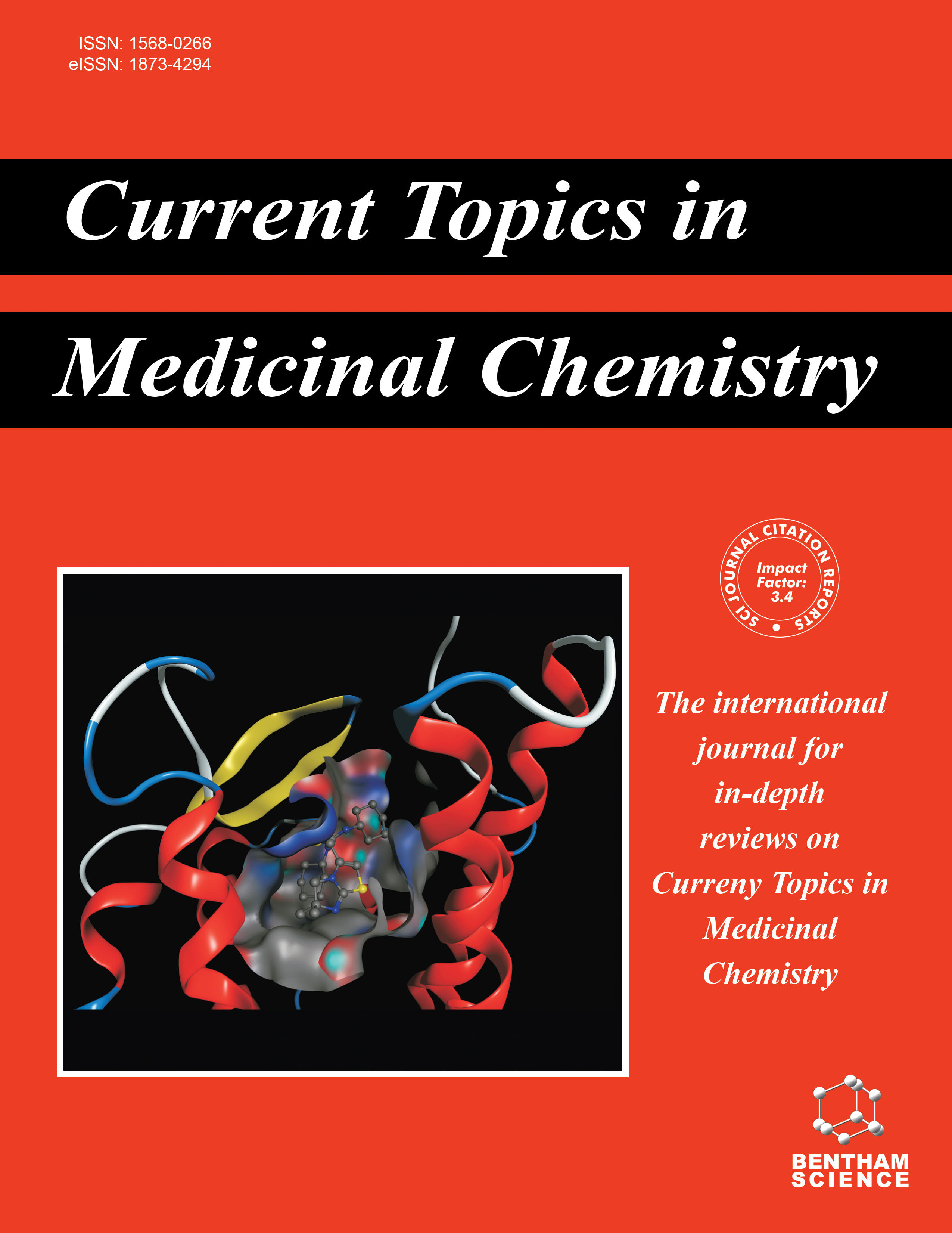
Full text loading...
We use cookies to track usage and preferences.I Understand

As one of the common malignant tumors nowadays, liver cancer has more risk factors for its development and is characterized by a high recurrence rate, high mortality rate, and poor prognosis, which poses a great threat to people's health. The specific efficacy of traditional Chinese medicine is based on clinical practice, which is a high degree of generalization of the characteristics and scope of the clinical effects of prescription medicines and a special form of expression of the medical effects of the human body within the scope of traditional Chinese medicine. Because of its multi-ingredient, multi-target, and multi-pathway characteristics, it has a great advantage in the treatment of liver cancer. Still, at present, its specific molecular mechanism of action has not yet been clarified.
This study reviews the current status and characteristics of network pharmacology research in the treatment of liver cancer, aiming to provide new ideas and methods for traditional Chinese medicine treatment of the disease.
This study was searched on the Web of Science and PubMed using keywords, such as “traditional Chinese medicine”, “liver cancer,” and “network pharmacology.” The citation dates of the literature cited in this review are from 2000 to 2024.
The discovery of the key molecular mechanisms of traditional Chinese medicine in the treatment of liver cancer through the network pharmacology approach and the in-depth study of the related signaling pathways are conducive to a more in-depth exploration of traditional Chinese medicine.
Network pharmacology research plays a key role in the treatment and prevention of liver cancer and deserves deeper exploration in the future.

Article metrics loading...

Full text loading...
References


Data & Media loading...